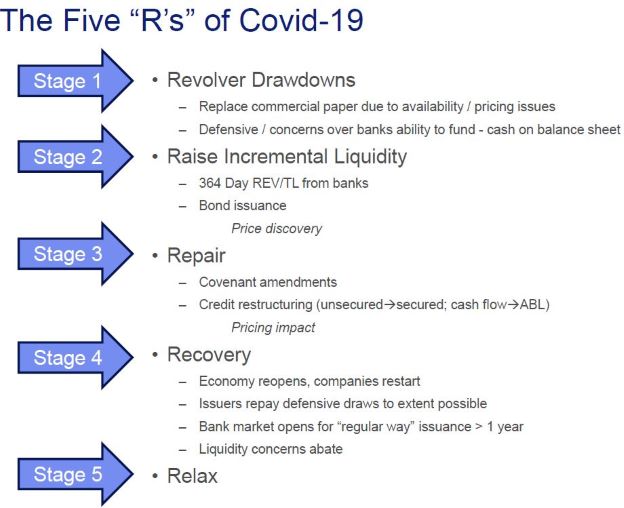
Best practices pre-pandemic have become even more important as the economy reopens.
A top treasury concern for years, cyberattacks ramped up following the sudden transition to the work-from-home regimen prompted by the pandemic. They’ll likely ramp up even further when the economy begins opening up.
That was among the takeaways from a session on cybersecurity at a recent virtual NeuGroup meeting headed by Jenny Menna, deputy chief information security officer at U.S. Bank, and Chris Moschovitis, CEO of technology consultancy tmg-emedia.
Best practices pre-pandemic have become even more important as the economy reopens.
A top treasury concern for years, cyberattacks ramped up following the sudden transition to the work-from-home regimen prompted by the pandemic. They’ll likely ramp up even further when the economy begins opening up.
- That was among the takeaways from a session on cybersecurity at a recent virtual NeuGroup meeting headed by Jenny Menna, deputy chief information security officer at U.S. Bank, and Chris Moschovitis, CEO of technology consultancy tmg-emedia. Below are more insights.
Beware of stuffed animals. When fear struck that the COVID-19 was in the US and spreading, the bad guys—criminals and state actors—saw opportunity.
- Almost immediately there was a jump in phishing emails that seek to exploit fears about the virus to lure employees into revealing private information.
- Malicious apps professing to come from key resources of information, and even stuffed animals with accompanying thumb drives arriving by mail, are designed to infect home computers.
Don’t forget to patch. These best practices and defensive measures have become even more important:
- Install the latest software patches on phones, personal computers and work laptops to guard against evolving malware.
- Assume that requests from higher-ups, especially from a personal email account, to send money are bogus.
- Don’t use personal email accounts for business. Don’t email company documents to a personal email account.
- Home printers may be compromised; avoid attaching work laptops to them.
- Change up Zoom and other virtual meeting-room passwords to avoid unwanted guests.
- Alert employees to the latest phishing scams and cyberattacks. The Department of Homeland Security’s Cybersecurity and Infrastructure Security Agency (CISA) and the FBI regularly update the latest developments.
At the corporate level. Understand connections to vendors and other third parties, their cybersecurity policies, and your company’s dependency on them.
- Discuss in advance with outside counsel and the FBI how to respond to a ransomware attack, Ms. Menna said. Several large corporations have been hit recently.
The internal threat. Mr. Moschovitis noted that 30% of cybercrimes are conducted by internal agents who understand how to bypass an institution’s controls.
- Without any physical controls or eye-to-eye employee interactions that may provide hints of bad intent, any company-related queries by an employee outside his or her direct responsibilities or otherwise odd behavior should be escalated to HR.
Prep now. A meeting participant mentioned fears that reopening the economy will accompany a flurry of activity fueling even more cyberattacks.
- Mr. Moschovitis agreed. The flood of overdue invoices and other documents may be overwhelming to process, creating opportunity for cyberattacks. “Our advice remains consistent: The minute something becomes abnormal, pick up the phone” to double-check, he said.
- Many employees will continue working from home, so policies such as how the division of labor will occur must be developed. “Now is the time to have these conversations,” he said. “And it will involve having a lot of stakeholders around the table—the COO, CFO, IT, cybersecurity. All these folks need to be in the room to have this conversation.”




















